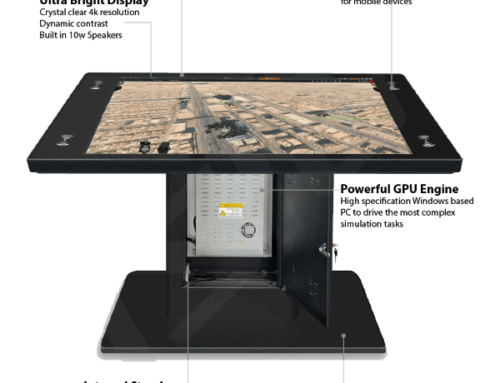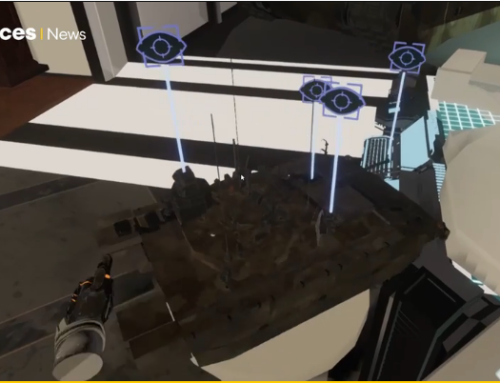
Police Quarterly have published a fascinating research paper where they compared the actions of over 300 law enforcement personnel using a firearms simulator. This paper examines the impact of muzzle position, i.e. where the weapon is pointed during the encounter.
The purpose of this study was to explore the feasibility of engineering resilience into the split-second decision environment police officers face during potential deadly force encounters. Using a randomized controlled experiment that incorporated a police firearms training simulator and 313 active law enforcement officers, this study examined the effects of muzzle-position – where an officer points their weapon – on both officer response time to legitimate threats and the likelihood for misdiagnosis shooting errors when no threat was present. The results demonstrate that officers can significantly improve shoot/no-shoot decision-making without sacrificing a significant amount of time by taking a lower muzzle-position when they are dealing with an ambiguously armed person – a person whose hands are not visible. “Engineering Resilience” Into Split-Second Shoot/No Shoot Decisions: The Effect of Muzzle-Position
While there will no doubt be differing opinions as to the right approach it’s clear that officer weapon positioning is a vital contributor factor with interactions, especially when it is not clear as to whether the individual being engaged with is armed.
You can read the full paper (£) on the Sage Journal website






